The Importance of a Glossary for Technical Translations
CLEAR WORDS
TRANSLATIONS
All News
November 20, 2020 |
The Importance of a Glossary for Technical Translations
A glossary of terms is a database of terms commonly used in an industry or niche, making it one of the pillars of the technical translation and localization process. The more complex your content, the higher the importance of having a glossary for technical translations.
That’s because it brings together all the keywords and phrases regularly contained in your content, helping translators to deliver accurate translations. It’s particularly useful when working with multiple linguists on a long-term project where translators need a reference to guide them through various documentation.
Having an accurate glossary for technical translations helps you in more ways than one. Let’s take a closer look at how it can impact the quality of your translation.
1. A Glossary for Technical Translations Ensures Consistency
Your translators will always use the same word from the glossary to translate technical terms throughout your entire content. Let’s say you need to translate documentation for a medical device. If its components have specific names, you need to make sure that a component is always mentioned using the same word everywhere in your content.
This way, technicians will be able to assemble the device correctly. If you work with multiple translators, and each linguist uses a different word when referring to the same component, technicians are less likely to follow instructions and assemble the device correctly.
In technical translations, terminology can never be translated randomly. Confusing terms can have significant consequences on the way people interact with a product, leading to damages, financial loss, and even health issues. End-users shouldn’t be in a position to make assumptions about what’s written in your user manual due to improper translation of specific terminology.
A glossary of terms makes it possible for translations to remain consistent, regardless of the number of translators working on your project. In the end, your translated content is accurate and compliant with existing laws and industry standards.
2. The Glossary Provides Translators with Brand Guidelines
Branding matters in technical content. Clear instructions provide an excellent user experience and make people feel confident about using your product. This approach tells more about your brand than you think. Your clients get used to naming things using specific words and become familiar with your brand voice.
It’s a good way of gaining trust and building a solid reputation as a company that pays attention to details and cares about end-users’ safety and comfort.
The glossary for technical translations gives linguists useful guidelines on how you want each product and component to be known outside your company. It’s a way to teach your users to speak as you do so that, when they need information or guidelines, they will use specific terms for finding information online. Their queries will automatically bring people back to your website.
3. It Helps You Reduce Translation Costs
Putting together a glossary of terms isn’t an extra expense but an investment that, besides ensuring high-quality translations, will also help you save significant resources as you translate more content.
When following the glossary guidelines for technical translations, the exchange of information between languages is faster and more accurate right from the start. Linguists are less likely to rework translated content to match your standards than if they worked with no reference. That’s because, when all terms are listed, explained, and translated in multiple contexts, they won’t have any terminology issues during the translation project.
With no ambiguous terms to figure out, your language service provider will spend less time translating, proofreading, editing, and reworking. Translators work a smaller number of hours, and your translation costs are naturally reduced.
Furthermore, you can also reduce the number of hours your people spend on the project. As linguists deliver top-quality translations right from the start, there’ll be no back-and-forth emails between your in-house experts and the language service provider. Your staff will dedicate less time to the localization project and focus on other tasks. The more translation projects you have in the future, the higher the return on your investment.
4. Linguists Work with Fast Turnarounds
Besides money, a glossary for technical translations also saves you time. When translators don’t need to research technical jargon and industry-specific phrases, they work fast. You reduce the number of questions they may have and create a collaboration in which each party knows what they need to do at all times.
This way, you meet all deadlines without having to sacrifice quality or take any shortcuts.
Sure, you’ll have to dedicate some time to updating the glossary of terms regularly. However, that’s something that can become a side-project done outside of localization projects. You can do all updates without the pressure of having to meet specific milestones for your go-to-market strategy.
5. Glossaries Help You Comply with Regulations
In many industries, technical translation is compulsory, according to existing national and international laws. Many devices or products for domestic or industrial usage can’t be sold or distributed without user manuals, instructions, and disclaimers translated into all the languages spoken in a territory.
In some industries, translation services are highly regulated to ensure that end-users get accurate information to not risk their physical integrity by using any products or components.
A glossary of terms for technical translations guarantees that you get to deliver accurate information about your products and clear instructions in all languages.
6. Your Brand Makes The Industry Standard
Delivering top-quality translations in multiple languages requires work and attention to detail. The good news is the efforts pay off when your employees, clients, and business partners get access to relevant content that they easily understand and use to achieve their goals.
With a glossary of terms, you can ensure uniformity and consistency while providing localized content for each market you target. All your clients across multiple markets get to speak a “common language,” thanks to you having a strong brand identity.
You become a point of reference for other companies in your industry. In other words, you become the standard that everyone needs to follow to ensure the same level of quality and customer experience.










